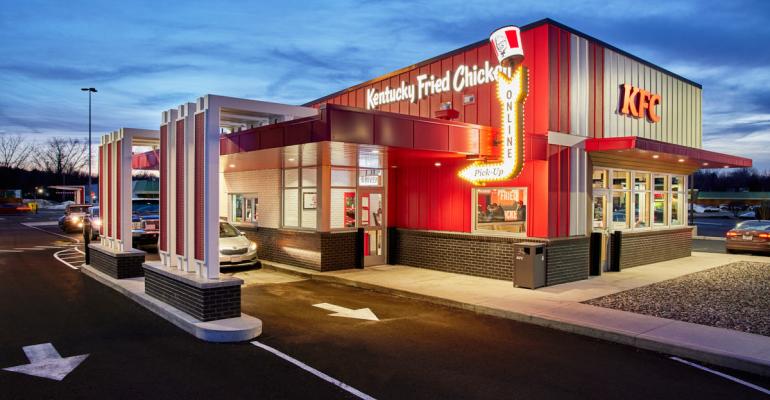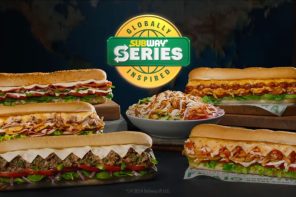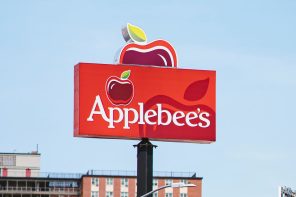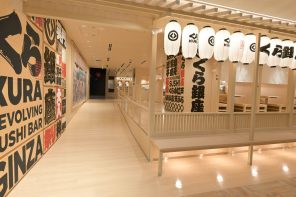With major development plans, Yum Brands-owned KFC is looking to make a comeback. A significant part of that will be the smaller, off-premises-focused Next Generation store prototypes.
The new store prototypes were initially announced at the end of 2020 and the first opened in Berea, Ky. in Q4 of 2021, followed by Next Gen stores in Westfield, Mass. And Detroit, with the eventual goal of phasing out the heritage American Showman store design.
Last quarter, KFC was net new unit positive for the first time in 17 years, with 55 units opened in 2021, with plans to overhaul its system of mostly classic American Showman store models (70 percent of the store system today). The Next Generation store prototype emphasises all off-premises needs with a drive-thru lane for mobile orders and a shelving system for mobile order pickups and delivery couriers all packed inside a smaller footprint.
KFC also plans to use this updated store design to guide its urban strategy, with an aggressive expansion strategy planned for urban markets like St. Louis, New York (Chinatown, Queens, and Harlem), and Baldwin Park, California.
“Our focus is on elevating KFC’s distinctive identity further and make it more modern,” noted Pradnya Bendre, director of KFC U.S. architecture and design development.
“We wanted to make sure that our assets stay relevant for years to come, not just in terms of brand positioning, but in the ability to absorb the digital tech innovation, new channels such as off premise, and any other future expected innovations that might come our way.”
Two of the crucial elements of the Next Generation store design are making sure it appeals to every type of customer — from the family in the drive-thru lane to the digital customer who wants to be in and out as quickly as possible — and giving each customer easy access to what they need.
“We want to make sure our online customers have a really quick in-and-out with their orders. We are seeing increasing orders coming online, so we had to make sure that through design, we make it easy and frictionless for those online customers,” continued Bendre.
“We made things like dedicated parking spots for people when they drive and signs guiding them to where they need to go to pick up their orders on the shelf within the restaurant. That particular entrance is different than the dining room entrance to make it even easier.”






